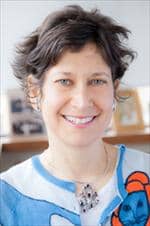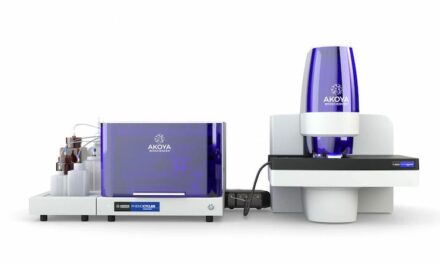The Korea Research Institute of Standards and Science (KRISS) has developed certified reference materials (CRMs) that can enhance the reliability of using dried blood spot (DBS) testing for newborn screening.
CRMs are reference materials that serve as a standard in determining the accuracy of measurements and analytical methods
A dried blood spot is a sample obtained by drying a drop of blood from the finger or heel onto a piece of filter paper. This approach is used for screening rather than actual diagnosis, as it is less accurate than venous blood sample tests. Its common applications include newborn screening for inherited metabolic disorders and doping control during the Olympics.
Proposed CRMs
The proposed CRM provides eight certified values and 10 reference values for amino acids, glucose, galactose, and acylcarnitines, which are diagnostic markers of inherited metabolic disorders in newborns. This allows accurate measurement of the amount of target compounds in the dried blood spot.
The lack of reference values has made it difficult for DBS testing to be considered reliable for medical decision. In addition, there has been problems with measurement bias caused by the need to retrieve portions of blood spots using a paper puncher.
The KRISS Biodiagnostics Analysis Team found that a 0.4 mm bias in diameter led to a 0.78 μL (one millionth of a liter) difference in sample volume.
The research team controlled the sample volume to 50 μL during the CRM manufacturing stage, and proposed bias-free measurements as certified values, thereby successfully creating CRMs with complete measurement traceability to the International System of Units.
“DBS has come under the spotlight as a convenient way of blood sampling, which satisfies the high demand for remote healthcare and home sampling in the days of the pandemic,” says Ji-Seon Jeong, PhD, a principal researcher at KRISS. “Our study has laid the foundation to improve the reliability in DBS sample measurement, opening the door for DBS to become an effective tool not only in screening but also diagnosis.”
KRISS plans to develop more CRMs for other diagnostic markers used in newborn screening
Featured image: (A) Blood samples with different characters. Whole blood is the raw material for DBS preparation by stabilization and homogenization. A whole spot is a 12-mm diameter circle of dried whole blood with a volume of 50 μL taken from the filter paper (DBS card) by scissors. A disc is approximately a 3-mm diameter circle of dried blood taken from a whole spot by a paper puncher, and the remainder is the remaining part of the whole spot after removing all discs. A maximum of six discs were punched out from specific locations as numbered. (B) Precut mass defined (3 × 4 cm) paper for DBS preparation with various sampling volumes from 0 to 100 μL. Three discs were punched out from each DBS sample in the same position, and one disc each was taken from the 0 and 10 μL DBS samples. Photo: Korea Research Institute of Standards and Science (KRISS)





